Plant Towers by Juice Plus. Green Up Your Classroom
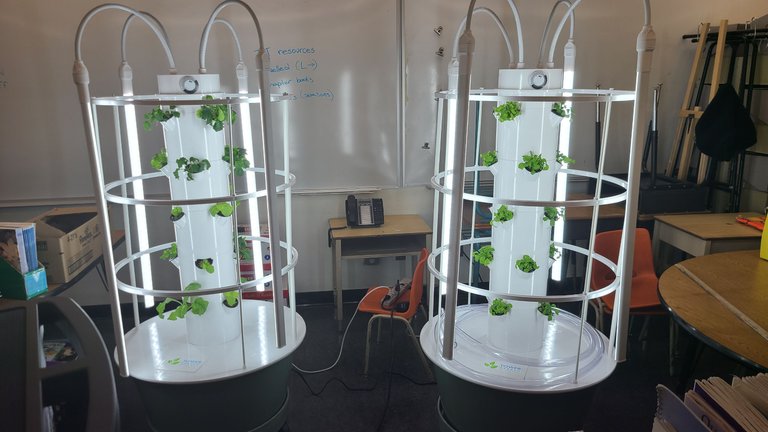
Spring may come really late to the white winter land of Nunavut, but that doesn't mean we can't grow plants! Indoor aeroponics have become readily accessible for a wide variety of applications and the Plant Towers by Juice Plus make an excellent addition to your classroom and your STEM lessons.
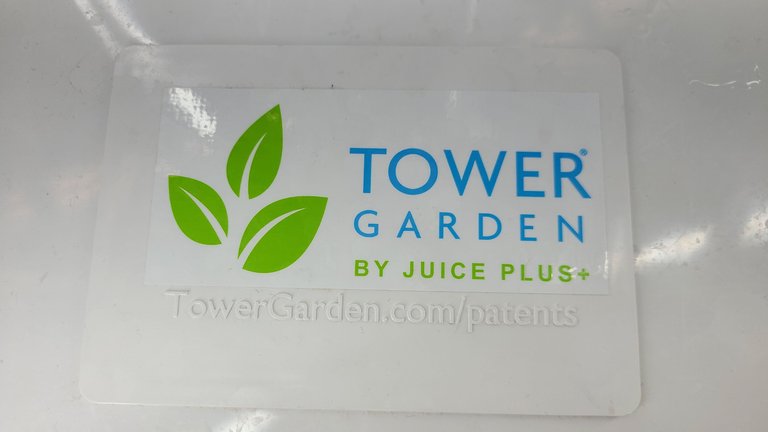
Aeroponic Plant Towers have been around for many years now, but only recently have they started to venture into classrooms on a wide scale. They provide an excellent window into the lifecycle of plants that children don't often get to see while they are learning about it in school. But that's not the only thing these towers provide. They also provide some slightly cleaner air for your classroom and food. Our plant tower is loaded up with lettuce and basil to make salads and spice up the tuktu soup that the children eat. (Tuktu is the inuktitut word for Caribou)
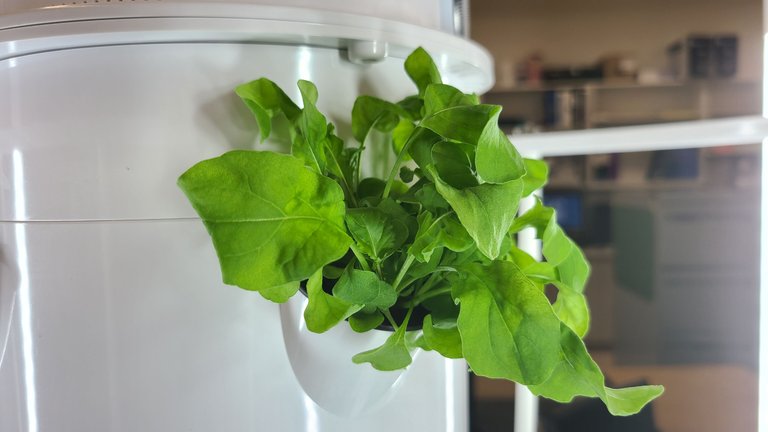
The Plant Towers by Juice Plus+ also include lesson plans for teachers that cover a wide variety of topics to help supplement the work that teachers do. The lesson plans cover simple things for the younger grade, like labeling which food is healthy and which food is junk, up to more advanced lessons for the higher grades that teach them about the differences in certain varieties of plants we eat.
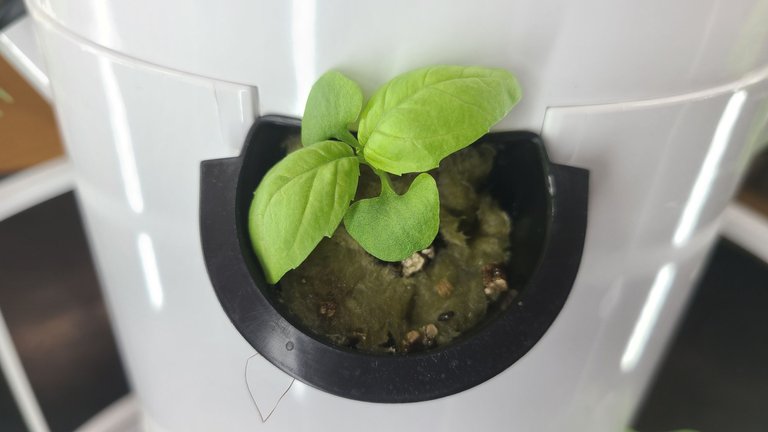
In our school, I started a small Plant Club to help with the maintenance of the Plant Towers. I've selected a few children who showed a lot of interest in the plants and trained them on the proper care and maintenance involved in keeping these plants happy and healthy. Their duties aren't that large, but they do help. They have to;
check the water levels daily
make sure the timer on the lights is at the proper time
protect the plants from other students and watch for signs of damage
They also have monthly tasks of adding nutrients to the water, testing the pH and fixing it if necessary, and filling up the water reservoir with fresh water. Those tasks I will be assisting them with. But the main goal of this club is to teach the children self-reliance and how modern technology can help them become more food secure.
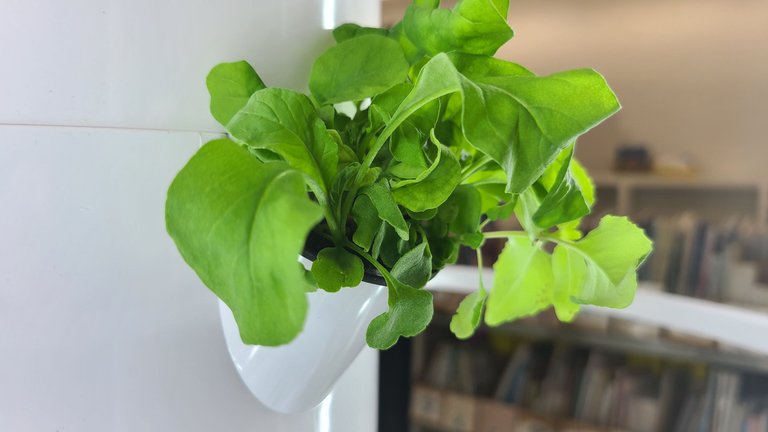
Food Security is an extremely large issue in Nunavut, with some statistics putting it as high as 70% of children have to skip at least one meal a day which is eight times higher than the Canadian average Biology may only be a small sliver of the STEM pie, but it can be one of the most important subject for teaching students self reliance in this modern age. Climate change is affecting the arctic in ways that make it more difficult for the hunters of Nunavut. Herds of caribou move further than normal and so do killer whales. Which are a big nuisance on the seal, bowhead and beluga populations that the Inuit rely on for food as well as clothing and other materials.
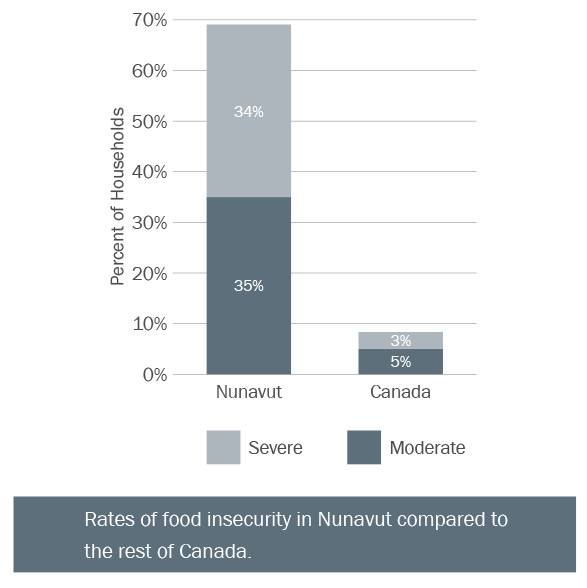
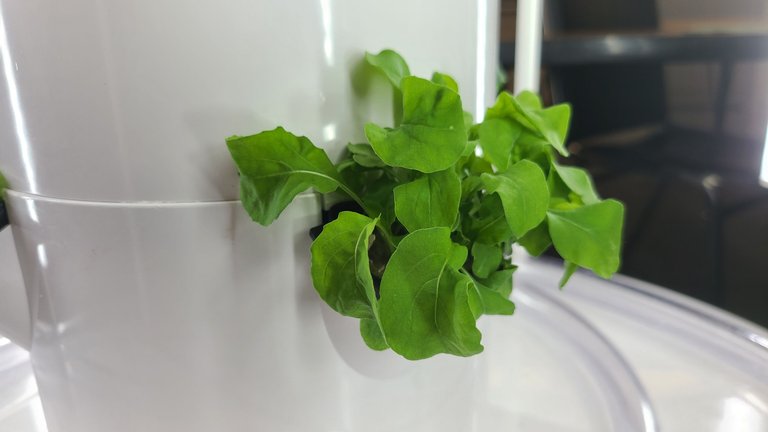
One day I hope that the kids see the value in growing their own vegetables and fruit. When they get older they could start a project like other parts of Nunavut, where they turn shipping containers abandoned after sealift into indoor community gardens! That would be just wonderful, to know that at least a small portion of fruit and vegetables come from a local source.

Find my artwork for sale exclusively on NFTShowroom.com
Find my photographs of Nunavut scenery and Wildlife on Lensy.io
Follow me on twitter here: Hive Related Account / Photography and Art Account
I am also on Instagram: But only Photography and Art
More art on DeviantArt at: Ice-O-Lated
Hive Divider provided by @thepeakstudio

Posted with STEMGeeks
Leofinance mainnet launching in April be prepare for the next level social app
We are rewarding existing users and new users with welcome bonus on HIVE to boost up our community.
Rewards Overview
Rewards are based on reputation system and per user basis.
@lbrewster Your comment cointains a link that is on my blacklists ❗ ❗ ❗ 1 2 3
@lacking, do NOT click on the link above in their comment.
Reason: PHISHING
Link: "leofinance-mainnet.blogspot.com*" => DO NOT CLICK ❗
More info: https://hive.blog/hive/@keys-defender/new-feature-phishing-detection-and-auto-reply
Good bot!
Thx! 🤖
I actually checked out the price for these things. $50-ish a month for a year doesn't seem like bad payments.
Do you actually own the thing, or is it more like a subscription.
It's still no substitution for having a small plot of land, but definitely better than nothing, especially in an urban setting.
Our school purchased two of them. And hopefully will purchase more next year! I didn't know they had rental plans. That's pretty slick!
We are up in the arctic circle, so there is NO outdoor growing season unless you count harvesting wild tundra plants like arctic blueberries and mountain sorrell. Other communities have had good success growing tomatoes and other vegetables in hydro/aeroponic setups in shipping containers, running mostly on solar energy, with gasoline or diesel generators only necessary during the coldest and darkest months of the year.
Even when the sun is below the horizon there's still enough ambient light to charge batteries for a few hours with solar. Any little bit extra helps when you're so far removed from civilization.
That makes a lot of sense.
Now, I’m interested in getting one at some point.
So cool, I didn't realize you were a teacher too. I once dabbled in aeroponics with limited success nearly 20 years ago, but that was before the systems were fully understood, dialed in, and commercially available for reasonable prices. !wine
Congratulations, @justinparke You Successfully Shared 0.100 WINE With @lacking.
You Earned 0.100 WINE As Curation Reward.
You Utilized 1/3 Successful Calls.
Total Purchase : 24809.918 WINE & Last Price : 0.290 HIVE
HURRY UP & GET YOUR SPOT IN WINE INITIAL TOKEN OFFERING -ITO-
WINE Current Market Price : 0.273 HIVE